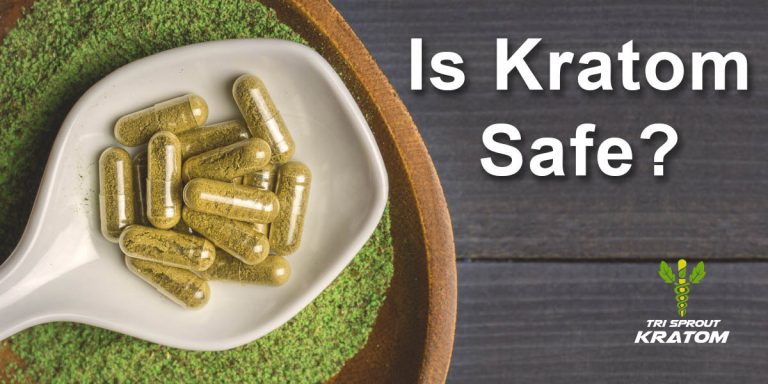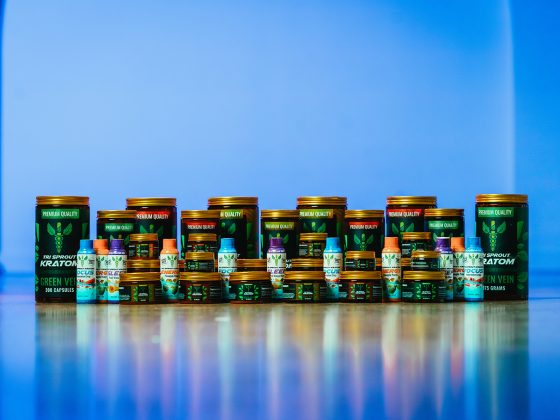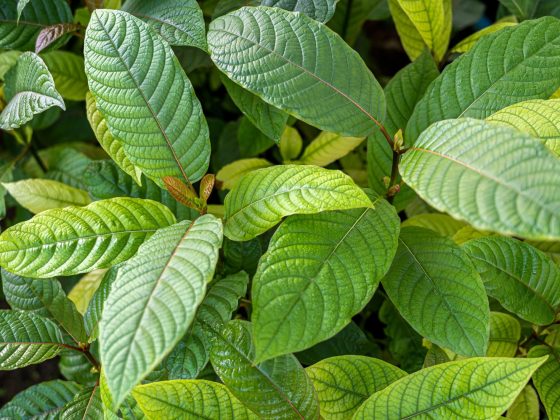Kratom, a tropical tree native to Southeast Asia, has gained popularity in recent years for its purported medicinal properties. However, as with any substance, there are concerns about its safety. In this blog article, we will explore the question: Is kratom safe?
What is Kratom?
Kratom is a tropical evergreen tree in the coffee family, which is native to Southeast Asia. The leaves of the kratom tree have been used for centuries by people in the region as a traditional medicine to treat a variety of ailments. Kratom is available in various forms, including leaves, capsules, and extracts.
Potential Benefits of Kratom
Many people use kratom for its potential therapeutic benefits. Some of the reported benefits of kratom include:
Pain relief: Kratom has been used to treat chronic pain conditions such as arthritis, fibromyalgia, and back pain.
Anxiety and Depression: Kratom has been reported to have anxiolytic and antidepressant effects, which may be beneficial for people with anxiety and depression.
Opiate Withdrawal: Kratom is sometimes used as a substitute for opiates in the treatment of opiate addiction.
Is Kratom Safe?
The safety of kratom has been a topic of debate. While kratom has been used for centuries in Southeast Asia, it is a relatively new substance in Western countries. The lack of research on its safety and potential risks has led to conflicting reports and opinions.
Some of the potential risks associated with kratom include:
Addiction: Kratom contains alkaloids that have opioid-like effects, which has the potential to lead to addiction.
Liver damage: The liver is the bodies filtration system and there have been reports of liver damage in people who have used kratom, but it is unknown if Kratom was the cause.
Respiratory depression: High doses of kratom can cause respiratory depression, which can be dangerous. With any supplement, it is best used in moderation.
Drug interactions: Kratom may interact with other drugs, including prescription medications and over-the-counter drugs.
It is important to note that most of the reported risks associated with kratom are based on anecdotal evidence or case reports. There is a lack of high-quality research on the safety of kratom, which makes it difficult to draw conclusions about its risks and benefits.
Regulation and Safety
The regulation of kratom varies by country. In some countries, such as the United States, kratom is a Schedule I drug, which means that it is illegal and considered to have a high potential for abuse and no accepted medical use. In other countries, such as Thailand and Malaysia, kratom is legal and regulated as a traditional medicine.
To ensure the safety of kratom, it is important to have regulation and quality control measures in place. This includes standardized dosing guidelines, quality control testing, and labeling requirements. Additionally, more research is needed to better understand the potential risks and benefits of kratom.
Conclusion
In summary, the safety of kratom is a topic of debate. While kratom has been used for centuries in Southeast Asia, there is a lack of high-quality research on its safety and potential risks. While there are potential benefits associated with kratom, there are also potential risks, including addiction, liver damage, respiratory depression, and drug interactions. To ensure the safety of kratom, regulation and quality control measures are needed, and more research is needed to better understand its risks and benefits.
To find out more on, is Kratom Safe, contact us online.







